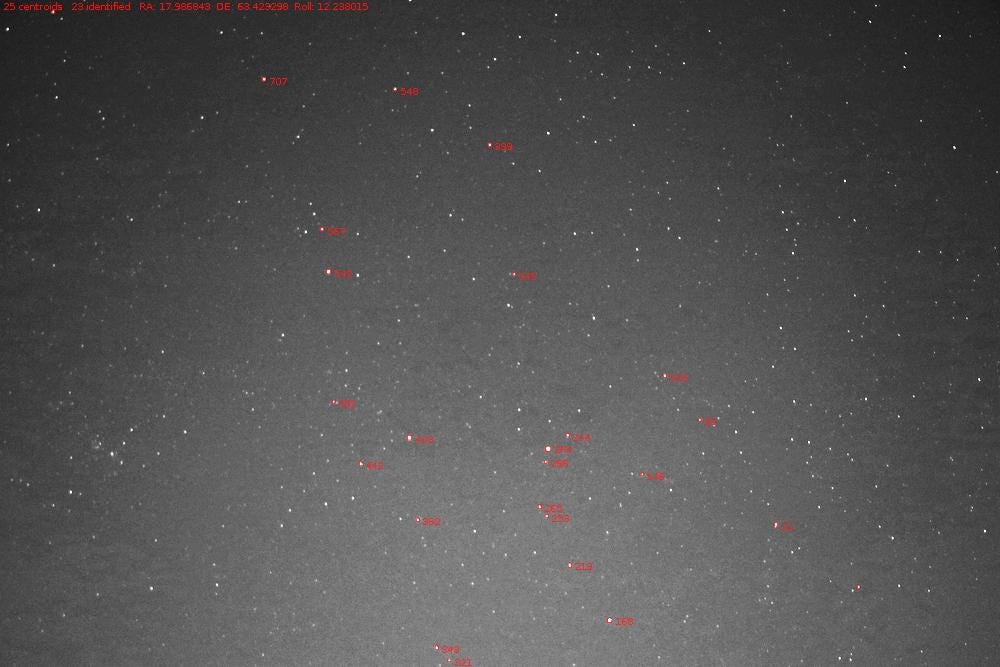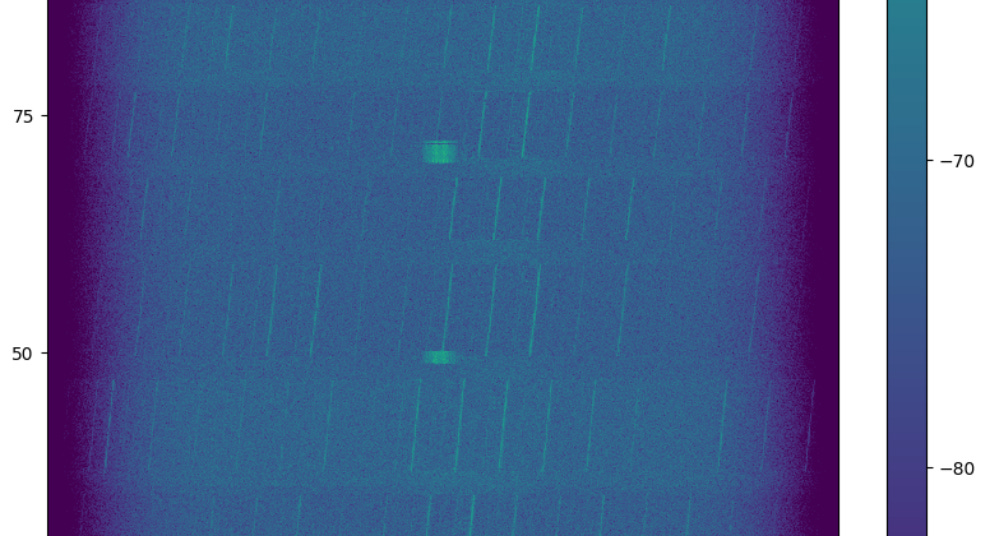Fall 2022 Recap
How is HuskySat-2 going? What's in store for 2023?
2022 was a busy year for the Husky Satellite Lab. Our team grew to 46 members, we’re hard at work on HuskySat-2, and 2023 will be one heckuva exciting year. We also might be hearing back from a long-lost friend…
🎉 Welcome new team members!
This fall, we welcomed 31 new team members from a range of backgrounds. New members got connected with projects based on their interests and experience and are already hard at work on space systems.
That includes working on everything from design studies in Python that optimize parameters for a magnetorquer design, to designing and implementing highly efficient image analysis algorithms, to creating parametric CAD models with an emphasis on manufacturability. If that sounds interesting to you, Consider joining as a student!
ℹ️ Development Updates
We kicked off a range of new projects, including a camera-based orbit determination system (“Earth Tracker”), a cold gas rocket propulsion system, and various other satellite systems like power distribution and flight computer modules. We spun off the propulsion project into an Aeronautics & Astronautics Engineering Senior Capstone, with a half-dozen passionate seniors dedicating the next six months to bringing it to completion.
We also made significant progress on ongoing projects, such as our open-source star tracker (attitude determination system) and our reaction wheel module. Our star tracker group is now benchmarking the performance and accuracy of star identification algorithms using our simulated sky generator, as well as creating infrastructure to automate the testing of the star tracker with “full sky coverage” (testing our system in all possible orientations the satellite could wind up in).
☀️ Summer 2022 Recap
We’ll have a full recap posted soon, but we weren’t slacking off! This summer, some of our members participated in the Summer Undergraduate Research Program (SURP) here at UW. Their poster nicely summarizes the work they did.
Outside of SURP, we also did a lot of behind-the-scenes work solidifying our mission objectives and team direction, as well as welcoming a new admin team.
🔮 What’s next for HSL: 2023 and beyond
We’re currently working on HuskySat-2, a Low-Earth Orbit (LEO) technology development and demonstration precursor to HuskySat-3, a moon-mapping CubeSat. Our visions for the upcoming two missions and for 2023 are:
HuskySat-3 (late 2020s): Map lava tube caves under the surface of the moon using Ground-Penetrating Radar (GPR)
HuskySat-2 (2025): Demonstrate a new, open-source deep-space navigation package (star tracker, earth tracker, propulsion, and reaction wheels)
2023: Lay the foundation for HuskySat-2 through an excellent NASA CubeSat Launch Initiative (CSLI) proposal
NASA’s CSLI program provides launch opportunities for small satellites. The trade deal is: you receive a ride to space, and NASA receives a report on your findings. In our case, we’re hoping to apply in fall 2023 for a launch slot in 2025.
To keep us on track with HuskySat-2 and our CSLI proposal, we’ve set the following goals for winter 2023:
Technical: build preliminary prototypes of every subsystem, identify all non-negotiable mission requirements (ITAR, FCC, FAA…), and investigate avenues for publishing and presenting the work we’ve done so far.
Business: expand our team with legal and finance specialists, grow our relationships with sponsors, and improve our marketing materials (such as our website, social media, and this newsletter :D)
CSLI: complete our merit review, prepare for our feasibility review (tentatively targeting spring 2023), and start writing our proposal so we’re ready for the fall 2023 deadline.
If you’d like to be a reviewer for our merit and feasibility reviews, or would otherwise like to help us with design reviews and providing advice, please consider signing up on our interest form!
🛰 …and one more thing: HuskySat-1 is alive?!
Against all odds, it seems that HuskySat-1 might be alive and kicking again! Multiple transmissions were reported on December 29th via SatNOGS after a long stretch of silence, leading us to believe HuskySat-1 may have come back to life.
We’ve assembled a team of enthusiastic data analyzers from the HSL, and we’re collaborating with HSL alumni and radio enthusiasts to figure out what the CubeSat’s status is as well as what we should do next.
Thank you for reading!
Please consider filling out our interest form to provide advice, help with design reviews, and otherwise guide us to a successful mission! 🚀





